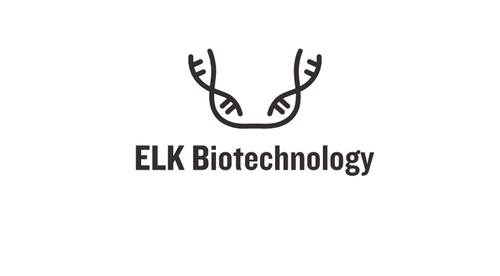Product Description
Mouse Mrowth hormone releasing hormone (GHRH) ELISA Kit | AE63232MO | Abebio
Species Reactivity: Mouse (Mus musculus)
Abbreviation: GHRH
Alternative Name: GHRF; GRF; MGC119781; OTTHUMP00000030915|growth hormone releasing factor|sermorelin|somatocrinin|somatoliberin
Application: ELISA
Range: 12.35-1000 pg/mL
Sensitivity: 4.63 pg/mL
Intra-Assay: ≤6.7%
Inter-Assay: ≤8.1%
Recovery: 1, 02
Sample Type: Serum, Plasma, Other biological fluids
Detection Method: Sandwich
Analysis Method : Quantitive
Test Principale: This assay employs a two-site sandwich ELISA to quantitate GHRH in samples. An antibody specific for GHRH has been pre-coated onto a microplate. Standards and samples are pipetted into the wells and anyGHRH present is bound by the immobilized antibody. After removing any unbound substances, a biotin-conjugated antibody specific for GHRH is added to the wells. After washing, Streptavidin conjugated Horseradish Peroxidase (HRP) is added to the wells. Following a wash to remove any unbound avidin-enzyme reagent, a substrate solution is added to the wells and color develops in proportion to the amount of GHRH bound in the initial step. The color development is stopped and the intensity of the color is measured.
Product Overview: Growth-hormone-releasing hormone is a releasing hormone for growth hormone. It is a 44-amino acid peptide hormone produced in the arcuate nucleus of the hypothalamus.GHRH first appears in the human hypothalamus between 18 and 29 weeks of gestation, which corresponds to the start of production of growth hormone and other somatotropes in fetuses. GHRH is released from neurosecretory nerve terminals of these arcuate neurons, and is carried by the hypothalamo-hypophyseal portal system to the anterior pituitary gland where it stimulates growth hormone (GH) secretion by stimulating the growth hormone releasing hormone receptor. GHRH is released in a pulsatile manner, stimulating similar pulsatile release of GH. In addition, GHRH also promotes slow-wave sleep directly.
Stability: The stability of ELISA kit is determined by the loss rate of activity. The loss rate of this kit is less than 5% within the expiration date under appropriate storage condition. The loss rate was determined by accelerated thermal degradation test. Keep the kit at 37°C for 4 and 7 days, and compare O.D.values of the kit kept at 37°C with that of at recommended temperature. (referring from China Biological Products Standard, which was calculated by the Arrhenius equation. For ELISA kit, 4 days storage at 37°C can be considered as 6 months at 2 - 8°C, which means 7 days at 37°C equaling 12 months at 2 - 8°C) .
 Euro
Euro
 USD
USD
 British Pound
British Pound
 NULL
NULL












